Ronald Eisler9781566705035, 1-56670-503-7, 1-56670-504-5, 1-56670-505-3, 1-56670-506-1
The information for each chemical includes source and use; physical, chemical, and metabolic properties; concentrations in field collections of abiotic materials and living organisms; deficiency effects; lethal and sublethal effects; and proposed regulatory criteria for the protection of human health and sensitive natural resources. Each chapter selectively reviews and synthesizes the technical literature on a specific priority contaminant and its effects on the environment.
Successful risk assessment relies heavily on extensive and well-documented databases. They often include too much – or too little – information about too many chemicals. Of the hundreds of thousands of chemicals discharged into the environment, only a small number have sufficient information to attempt preliminary risk assessment. The Handbook of Chemical Risk Assessment provides you with the exact amount of information you need in a single resource.
Table of contents :
HANDBOOK OF CHEMICAL RISK ASSESSMENT: Health Hazards to Humans, Plants, and Animals……Page 1
About the Author……Page 8
Contents……Page 9
List of Tables……Page 24
List of Figures……Page 32
Volume 3……Page 33
Preface……Page 34
Acknowledgments……Page 35
1.2 ENVIRONMENTAL CHEMISTRY……Page 36
chapter 32……Page 0
1.3 CONCENTRATIONS IN FIELD COLLECTIONS……Page 37
1.4 LETHAL EFFECTS……Page 52
1.5 SUBLETHAL EFFECTS……Page 54
1.6 BIOACCUMULATION……Page 59
1.8 RECOMMENDATIONS……Page 63
1.9 SUMMARY……Page 68
1.10 LITERATURE CITED……Page 69
2.2Environmental Chemistry……Page 79
2.3 CONCENTRATIONS IN FIELD COLLECTIONS……Page 82
2.4 BENEFICIAL AND PROTECTIVE PROPERTIES……Page 94
2.5.2 Aquatic Organisms……Page 95
2.5.3 Terrestrial Invertebrates……Page 99
2.6.1 General……Page 100
Algae and Macrophytes……Page 101
Fishes……Page 102
Molluscs……Page 104
Crustaceans……Page 105
Annelids……Page 106
Fishes……Page 107
2.6.5 Mammals……Page 108
2.7 FIELD INVESTIGATIONS……Page 110
2.8 RECOMMENDATIONS……Page 112
2.10 LITERATURE CITED……Page 116
3.1 INTRODUCTION……Page 127
3.2.2 Sources……Page 128
3.2.3 Uses……Page 129
3.3.2 Chemical Properties……Page 131
3.3.3 Metabolism……Page 133
Cadmium……Page 136
Molybdenum……Page 137
Organic Compounds……Page 138
3.4.1 General……Page 139
3.5.1 General……Page 140
3.5.2 Abiotic Materials……Page 143
3.5.3 Terrestrial Plants and Invertebrates……Page 166
3.5.4 Aquatic Organisms……Page 167
3.5.5 Amphibians and Reptiles……Page 169
3.5.7 Mammals……Page 170
3.6.2 Terrestrial Plants and Invertebrates……Page 171
3.6.4 Birds and Mammals……Page 172
3.7.1 General……Page 174
3.7.2 Terrestrial Plants and Invertebrates……Page 177
Plants……Page 178
Molluscs……Page 195
Arthropods……Page 196
Fishes……Page 197
Integrated Studies……Page 199
3.7.5 Mammals……Page 200
3.8 PROPOSED CRITERIA AND RECOMMENDATIONS……Page 207
3.9 SUMMARY……Page 213
3.10 LITERATURE CITED……Page 215
4.1 INTRODUCTION……Page 235
4.2 SOURCES AND USES……Page 237
4.3 CHEMICAL PROPERTIES……Page 240
4.4 MODE OF ACTION……Page 241
4.5.2 Nonbiological Samples……Page 245
4.5.5 Terrestrial Invertebrates……Page 250
4.5.6 Aquatic Biota……Page 251
4.5.8 Birds……Page 252
4.5.9 Mammals……Page 256
4.6.2 Terrestrial Plants and Invertebrates……Page 286
4.6.3 Aquatic Biota……Page 287
4.6.5 Birds……Page 298
4.6.6 Mammals……Page 308
4.7 RECOMMENDATIONS……Page 314
4.8 SUMMARY……Page 323
4.9 LITERATURE CITED……Page 324
5.1 INTRODUCTION……Page 346
5.2 SOURCES OF ENVIRONMENTAL MERCURY……Page 348
5.3 CHEMICAL AND BIOCHEMICAL PROPERTIES……Page 351
5.4 MERCURY IN MINAMATA, JAPAN……Page 355
5.5.2 Nonbiological……Page 359
5.5.3 Biological……Page 363
5.6.2 Aquatic Organisms……Page 399
5.6.3 Birds……Page 402
5.6.4 Mammals……Page 403
5.7.1 General……Page 406
5.7.2 Carcinogenicity, Genotoxicity, and Teratogenicity……Page 407
5.7.3 Aquatic Organisms……Page 408
5.7.4 Birds……Page 410
5.7.5 Mammals……Page 413
5.7.6 Other Groups……Page 415
5.8 RECOMMENDATIONS……Page 416
5.9 SUMMARY……Page 423
5.10 LITERATURE CITED……Page 424
6.1 INTRODUCTION……Page 443
6.2.2 Sources……Page 445
6.2.3 Uses……Page 447
6.3.2 Physical and Chemical Properties……Page 448
6.3.3 Metabolism……Page 449
6.3.4 Interactions……Page 452
6.4.1 General……Page 454
6.4.2 Carcinogenicity……Page 455
6.4.3 Mutagenicity……Page 457
6.4.4 Teratogenicity……Page 458
6.5.1 General……Page 460
6.5.2 Abiotic Materials……Page 461
6.5.3 Terrestrial Plants and Invertebrates……Page 466
6.5.5 Amphibians……Page 467
6.5.7 Mammals……Page 468
6.5.8 Integrated Studies……Page 469
6.6.2 Bacteria and Plants……Page 485
6.6.4 Mammals……Page 486
6.7.2 Terrestrial Plants and Invertebrates……Page 487
6.7.3 Aquatic Organisms……Page 488
6.7.4 Birds……Page 496
6.7.5 Mammals……Page 498
6.8 PROPOSED CRITERIA AND RECOMMENDATIONS……Page 511
6.9 SUMMARY……Page 518
6.10 LITERATURE CITED……Page 519
7.1 INTRODUCTION……Page 530
7.2.2 Sources……Page 531
7.2.3 Uses……Page 533
7.3.1 General……Page 534
7.3.2 Physical and Chemical Properties……Page 535
7.3.3 Metabolism……Page 537
7.4.2 Nonbiological Materials……Page 540
7.4.3 Plants and Animals……Page 544
7.5.2 Terrestrial Plants……Page 552
7.5.3 Aquatic Organisms……Page 553
7.5.4 Birds and Mammals……Page 565
7.6 RECOMMENDATIONS……Page 570
7.7 SUMMARY……Page 573
7.8 LITERATURE CITED……Page 574
8.1 INTRODUCTION……Page 582
8.2.2 Inorganic Tin……Page 583
8.2.3 Organotins……Page 584
8.3 SOURCES AND USES……Page 588
8.4.1 General……Page 591
8.4.2 Nonbiological Samples……Page 592
8.4.3 Biological Samples……Page 597
8.5.1 General……Page 603
8.5.2 Aquatic Organisms……Page 604
8.5.4 Mammals……Page 614
8.6 RECOMMENDATIONS……Page 622
8.7 SUMMARY……Page 625
8.8 LITERATURE CITED……Page 626
9.1 INTRODUCTION……Page 635
9.2 SOURCES AND USES……Page 636
9.3.2 Chemical Properties……Page 638
9.3.3 Metabolism……Page 640
9.3.4 Interactions……Page 642
Cadmium……Page 643
Nickel……Page 644
Other Chemicals……Page 645
9.4.2 Carcinogenicity……Page 646
9.4.3 Mutagenicity……Page 647
9.5.1 General……Page 648
9.5.2 Nonbiological……Page 649
9.5.3 Terrestrial Plants and Invertebrates……Page 651
9.5.4 Aquatic Organisms……Page 652
9.5.5 Birds……Page 654
9.5.6 Mammals……Page 655
9.6.3 Aquatic Organisms……Page 676
9.6.4 Birds……Page 677
9.6.5 Mammals……Page 678
9.7.2 Terrestrial Plants and Invertebrates……Page 682
9.7.3 Aquatic Organisms……Page 684
Algae and Macrophytes……Page 685
Molluscs……Page 699
Arthropods……Page 700
Annelids……Page 702
Fish……Page 703
Amphibians……Page 705
9.7.4 Birds……Page 706
9.7.5 Mammals……Page 709
9.8 RECOMMENDATIONS……Page 715
9.9 SUMMARY……Page 724
9.10 LITERATURE CITED……Page 726
10.1Introduction……Page 745
10.2.2 Sources……Page 746
10.2.3 Uses……Page 747
10.3.2 Chemical Properties……Page 748
10.3.3 Persistence……Page 749
10.3.4 Metabolism……Page 750
10.4.1 General……Page 751
10.4.3 Aquatic Organisms……Page 752
10.4.4 Birds……Page 757
10.4.5 Mammals……Page 759
10.5Recommendations……Page 767
10.6Summary……Page 769
10.7Literature Cited……Page 770
11.2Environmental Chemistry……Page 773
11.3Concentrations in Field Collections……Page 776
11.4.2 Terrestrial Plants and Invertebrates……Page 779
11.4.3 Aquatic Plants……Page 782
11.4.4 Aquatic Animals……Page 784
11.4.5 Birds……Page 791
11.4.6 Mammals……Page 792
11.5Recommendations……Page 794
11.6Summary……Page 796
11.7Literature Cited……Page 797
12.1Introduction……Page 804
12.2Chemical Properties and Persistence……Page 805
12.3.2 Aquatic Organisms……Page 809
12.3.3 Birds and Mammals……Page 810
12.3.4 Terrestrial Invertebrates……Page 814
12.4.1 General……Page 815
12.4.2 Aquatic Organisms……Page 816
12.4.3 Birds……Page 818
12.4.4 Mammals……Page 819
12.5Recommendations……Page 820
12.6Summary……Page 821
12.7Literature Cited……Page 822
13.1Introduction……Page 828
13.2Chemical and Biochemical Properties……Page 829
13.3Uses……Page 832
13.4.2 Nonbiological Samples……Page 833
13.4.5 Fishes……Page 836
13.4.7 Birds……Page 838
13.4.8 Mammals……Page 839
13.5.3 Aquatic Organisms……Page 860
13.5.5 Birds……Page 865
13.5.6 Mammals……Page 868
13.6Recommendations……Page 874
13.7Summary……Page 876
13.8Literature Cited……Page 878
14.2Environmental Chemistry……Page 887
14.3.1 Aquatic Organisms……Page 890
14.3.2 Birds and Mammals……Page 893
14.4Field Investigations……Page 896
14.5Recommendations……Page 899
14.6Summary……Page 900
14.7Literature Cited……Page 901
15.1Introduction……Page 907
15.2Chemical Properties……Page 909
15.3Mode of Action……Page 912
15.4Clinical Features……Page 913
15.5Antidotes……Page 915
15.6Sources and Uses……Page 916
15.7Concentrations in Field Collections……Page 920
15.8Persistence in Water, Soil, and Air……Page 924
15.9.1 Terrestrial Flora and Invertebrates……Page 925
15.9.2 Aquatic Organisms……Page 927
15.9.3 Birds……Page 935
15.9.4 Mammals……Page 939
15.10Recommendations……Page 950
15.11Summary……Page 954
15.12Literature Cited……Page 956
16.1Introduction……Page 964
16.2Environmental Chemistry……Page 965
16.3.2 Aquatic Organisms……Page 967
16.3.3 Birds……Page 969
16.3.4 Mammals……Page 970
16.3.5 Terrestrial Invertebrates……Page 972
16.4.2 Aquatic Organisms……Page 973
16.4.4 Mammals……Page 976
16.4.5 Terrestrial Invertebrates……Page 978
16.5Recommendations……Page 979
16.6Summary……Page 980
16.7Literature Cited……Page 981
17.2.1General……Page 986
17.2.2 Chemical and Biochemical Properties……Page 987
17.2.3 Persistence in Soil and Water……Page 989
17.4.1 General……Page 991
17.4.2 Terrestrial Plants……Page 992
17.4.3 Terrestrial Invertebrates……Page 993
17.4.4 Aquatic Organisms: Laboratory Studies……Page 996
17.4.5 Aquatic Organisms: Field Studies……Page 1005
17.4.6 Birds……Page 1007
17.4.7 Mammals……Page 1010
17.5Recommendations……Page 1014
17.6Summary……Page 1016
17.7Literature Cited……Page 1017
18.1Introduction……Page 1023
18.2Environmental Chemistry……Page 1024
18.3Concentrations in Field Collections……Page 1027
18.4.2 Terrestrial Plants and Invertebrates……Page 1041
18.4.3 Aquatic Organisms……Page 1042
18.4.4 Birds……Page 1049
18.4.5 Mammals……Page 1050
18.5Recommendations……Page 1054
18.6Summary……Page 1058
18.7Literature Cited……Page 1059
19.2Uses……Page 1069
19.3Chemistry and Metabolism……Page 1070
19.4.2 Terrestrial Invertebrates……Page 1073
19.4.3 Aquatic Organisms……Page 1075
19.4.4 Birds……Page 1076
19.4.5 Mammals……Page 1079
19.5Recommendations……Page 1085
19.6Summary……Page 1086
19.7Literature Cited……Page 1087
20.1Introduction……Page 1091
20.2.2 Chemical Properties……Page 1092
20.2.3 Uses……Page 1093
20.2.4 Persistence……Page 1095
20.3.2 Types of Pyrethroids……Page 1099
20.3.3 Sodium Gating Kinetics……Page 1100
20.3.4 Metabolism……Page 1101
20.3.5 Mutagenicity, Teratogenicity, and Carcinogenicity……Page 1102
20.4.1 General……Page 1103
20.4.2 Terrestrial Plants and Invertebrates……Page 1104
20.4.3 Aquatic Organisms……Page 1106
20.4.4 Birds……Page 1115
20.4.5 Mammals……Page 1117
20.5Recommendations……Page 1124
20.6Summary……Page 1126
20.7Literature Cited……Page 1127
21.2Chemical Properties……Page 1134
21.3.1 Aquatic Organisms……Page 1135
21.3.2 Birds and Mammals……Page 1136
21.4.1 Aquatic Organisms……Page 1137
21.4.3 Mammals……Page 1138
21.5.1 Aquatic Organisms……Page 1140
21.5.2 Birds and Mammals……Page 1141
21.6Mirex in the Southeastern United States……Page 1144
21.7Mirex in the Great Lakes……Page 1147
21.8Mirex in Other Geographic Areas……Page 1150
21.9Recommendations……Page 1151
21.11Literature Cited……Page 1153
22.1Introduction……Page 1159
22.3Concentrations in Field Collections……Page 1160
22.4.1 General……Page 1161
22.4.3 Mode of Action……Page 1162
22.4.4 Fate in Soils and Water……Page 1165
22.5.2 Terrestrial Plants and Invertebrates……Page 1167
22.5.3 Aquatic Organisms……Page 1169
22.5.4 Birds……Page 1174
22.5.5 Mammals……Page 1177
22.6Recommendations……Page 1183
22.7Summary……Page 1185
22.8Literature Cited……Page 1186
23.1Introduction……Page 1193
23.2.2 Sources and Uses……Page 1194
23.2.3 Properties……Page 1196
23.2.4 Fate……Page 1198
23.3.2 Biological and Nonbiological Samples……Page 1200
23.4.1 General……Page 1203
23.4.2 Terrestrial Plants and Invertebrates……Page 1204
23.4.3 Aquatic Biota……Page 1205
23.4.4 Birds……Page 1213
23.4.5 Mammals……Page 1215
23.5Recommendations……Page 1221
23.6Summary……Page 1225
23.7Literature Cited……Page 1226
24.2 Sources and Uses……Page 1236
24.3.1 General……Page 1237
24.3.2 Physical Properties……Page 1239
24.3.3 Toxic Equivalency Factors……Page 1244
24.3.4 Structure–Function Relations……Page 1246
24.3.5 Quantitation……Page 1249
24.4.2 Nonbiological Materials……Page 1254
24.4.3 Marine Mammals……Page 1261
24.4.4 Other Aquatic Organisms……Page 1279
24.4.5 Reptiles……Page 1284
24.4.6 Birds……Page 1286
24.4.7 Terrestrial Mammals……Page 1297
24.5.1 General……Page 1300
24.5.2 Aquatic Organisms……Page 1301
24.5.3 Birds……Page 1306
24.5.4 Mammals……Page 1311
24.6Recommendations……Page 1317
24.7Summary……Page 1321
24.8Literature Cited……Page 1322
25.1Introduction……Page 1341
25.2.1 Properties……Page 1342
25.2.2 Sources……Page 1343
25.2.3 Fate……Page 1347
25.3.2 Nonbiological Samples……Page 1351
25.3.3 Biological Samples……Page 1359
25.4.2 Fungi……Page 1368
25.4.4 Aquatic Biota……Page 1369
25.4.6 Birds……Page 1383
25.4.7 Mammals……Page 1384
25.5Recommendations……Page 1389
25.6Summary……Page 1394
25.7Literature Cited……Page 1395
26.1Introduction……Page 1410
26.2.1 Domestic Use……Page 1411
26.2.2 Nondomestic Use……Page 1414
26.3.2 Chemical Properties……Page 1416
26.3.3 Persistence……Page 1417
26.3.4 Metabolism……Page 1419
26.3.5 Antidotes……Page 1421
26.4.2 Terrestrial Plants and Invertebrates……Page 1423
26.4.3 Aquatic Organisms……Page 1425
26.4.4 Amphibians and Reptiles……Page 1426
26.4.5 Birds……Page 1427
26.4.6 Mammals……Page 1434
26.5Recommendations……Page 1446
26.6Summary……Page 1448
26.7Literature Cited……Page 1449
27.1Introduction……Page 1455
27.2Environmental Chemistry……Page 1456
27.3Concentrations in Field Populations……Page 1458
27.4Lethal Effects……Page 1463
27.5Sublethal Effects……Page 1466
27.6Recommendations……Page 1470
27.7Summary……Page 1471
27.8Literature Cited……Page 1474
28.1Introduction……Page 1478
28.2Sources, Fate, and Uses……Page 1479
28.3 Chemical and Biochemical Properties……Page 1482
28.4 Essentiality, Synergism, and Antagonism……Page 1485
28.5.1 General……Page 1486
28.5.2 Nonbiological Samples……Page 1487
28.5.3 Biological Samples……Page 1491
28.6.1 General……Page 1505
28.6.2 Carcinogenesis, Mutagenesis, and Teratogenesis……Page 1506
28.6.3 Terrestrial Plants and Invertebrates……Page 1507
28.6.4 Aquatic Biota……Page 1510
28.6.5 Birds……Page 1519
28.6.6 Mammals……Page 1521
28.7Recommendations……Page 1528
28.8Summary……Page 1533
28.9Literature Cited……Page 1534
30.1Introduction……Page 1544
30.2.2 Sources and Uses……Page 1545
30.2.4 Mode of Action……Page 1546
30.3.2 Nonbiological Samples……Page 1548
30.3.3 Biological Samples……Page 1550
30.4.1 General……Page 1556
30.4.4 Aquatic Organisms……Page 1557
30.4.5 Birds……Page 1561
30.4.6 Mammals……Page 1562
30.5Recommendations……Page 1568
30.7Literature Cited……Page 1572
31.1Introduction……Page 1579
31.2Environmental Chemistry……Page 1580
31.3Concentrations in Field Collections……Page 1583
31.4Deficiency and Protective Effects……Page 1602
31.5.1 Aquatic Organisms……Page 1605
31.5.2 Mammals and Birds……Page 1608
31.6.1 Aquatic Organisms……Page 1612
31.6.3 Birds……Page 1615
31.6.4 Mammals……Page 1616
31.7Recommendations……Page 1617
31.8Summary……Page 1622
31.9Literature Cited……Page 1623
32.1Introduction……Page 1636
32.2.1 General……Page 1637
32.2.2 Electromagnetic Spectrum……Page 1638
32.2.3 Radionuclides……Page 1639
32.2.5 New Units of Measurement……Page 1645
32.3.2 Natural Radioactivity……Page 1646
32.3.3 Anthropogenic Radioactivity……Page 1647
32.3.4 Dispersion……Page 1652
32.4.2 Abiotic Materials……Page 1654
32.4.3 Aquatic Ecosystems……Page 1658
32.4.4 Birds……Page 1660
32.4.5 Mammals……Page 1661
32.5.1 Pacific Proving Grounds……Page 1678
32.5.2.1 General……Page 1681
32.5.2.2 Local Effects……Page 1684
32.5.2.3 Nonlocal Effects……Page 1685
32.6Effects: Nonionizing Radiations……Page 1698
32.7.1 General……Page 1700
32.7.2 Terrestrial Plants and Invertebrates……Page 1703
32.7.3 Aquatic Organisms……Page 1706
32.7.4 Amphibians and Reptiles……Page 1713
32.7.5 Birds……Page 1715
32.7.6 Mammals……Page 1717
32.7.6.1 Survival……Page 1724
32.7.6.2 Carcinogenicity……Page 1725
32.7.6.3 Mutagenicity……Page 1726
32.7.6.5 Behavior……Page 1727
32.7.6.6 Absorption and Assimilation……Page 1728
32.8Proposed Criteria and Recommendations……Page 1729
32.9Summary……Page 1734
32.10Literature Cited……Page 1736
32.11Glossary*……Page 1753
33.3Index to Species……Page 1758
33.5Literature Cited……Page 1759
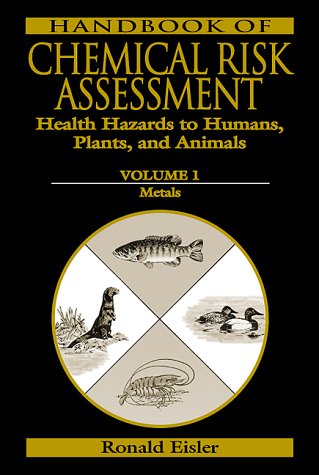
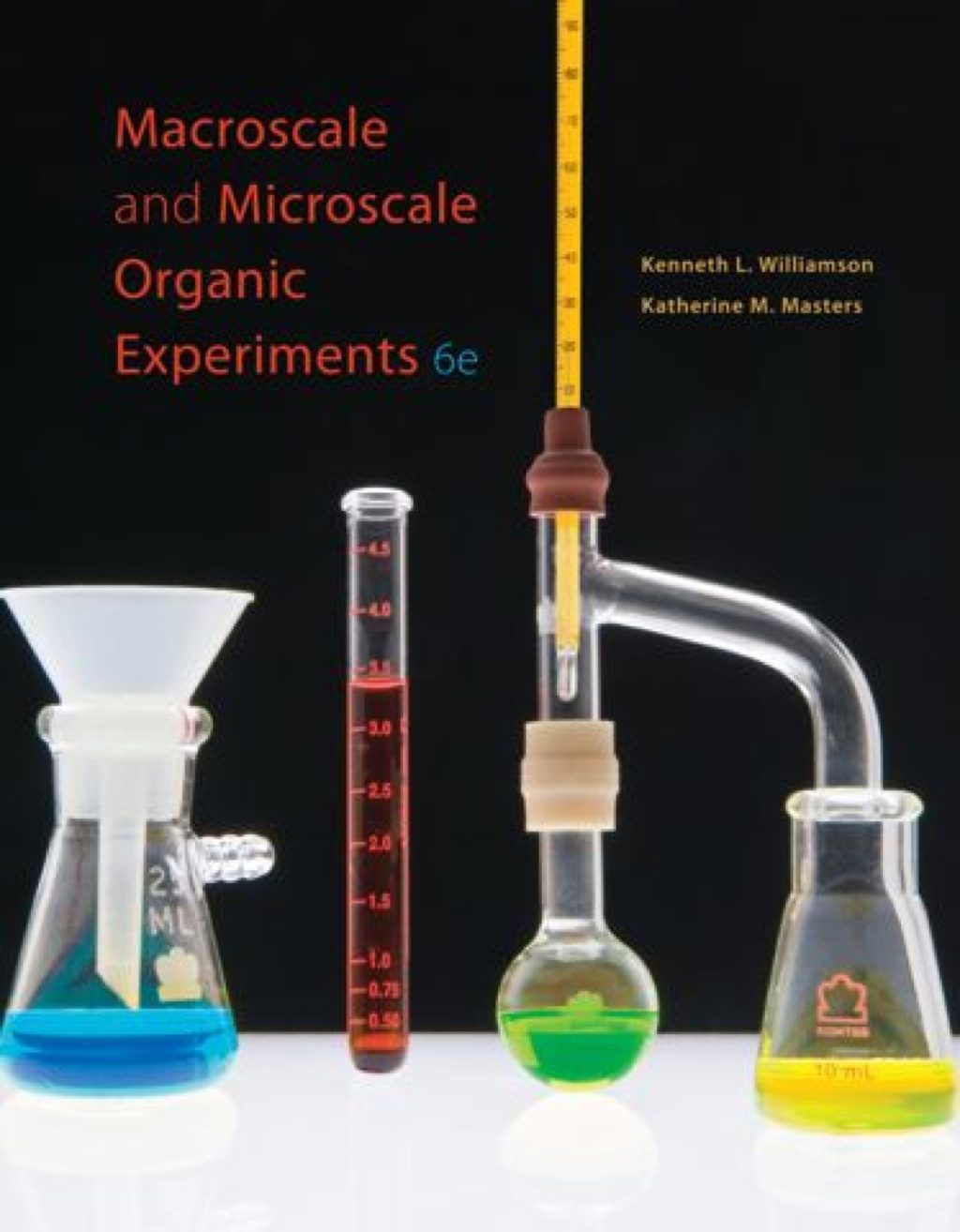
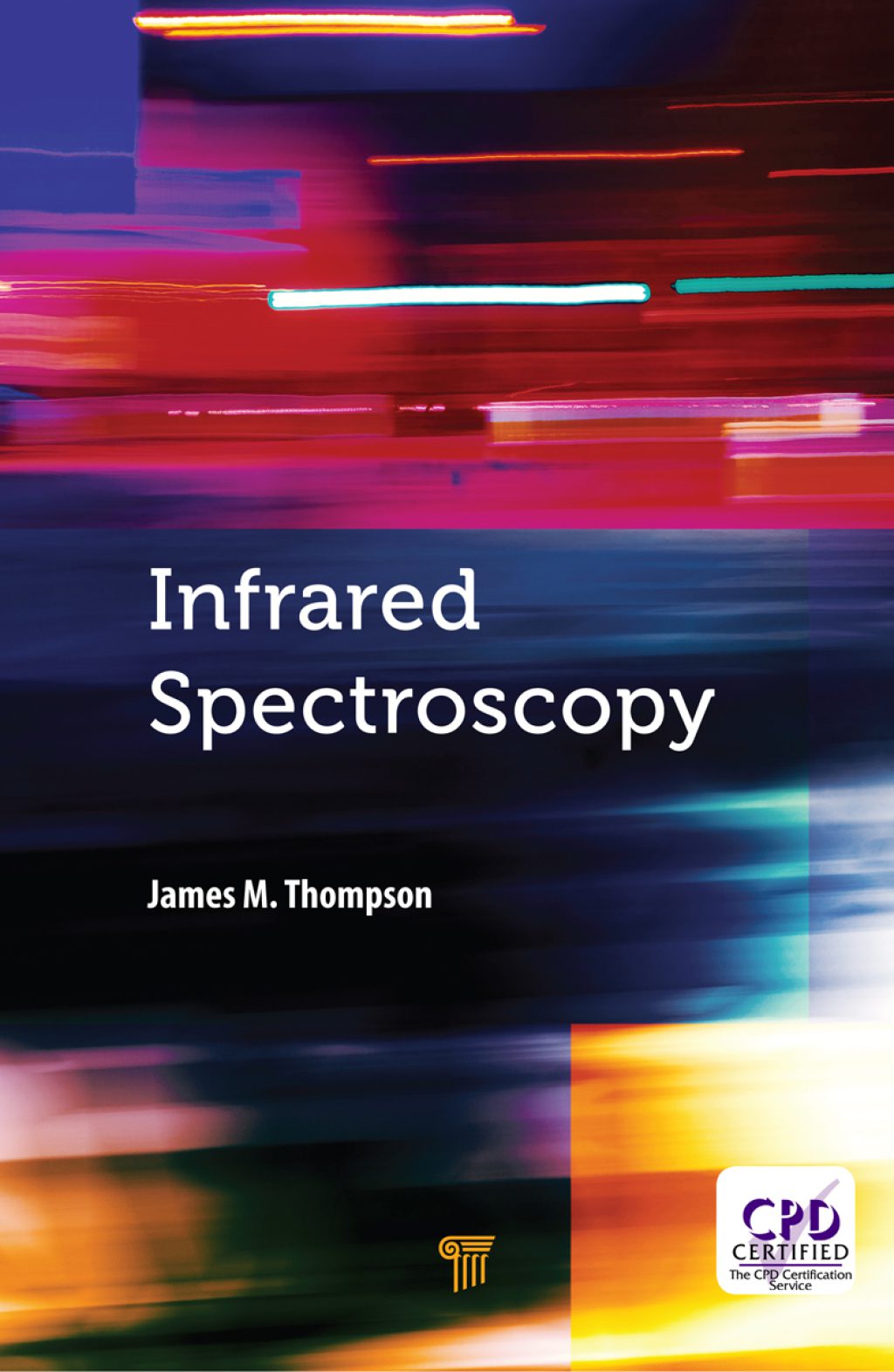
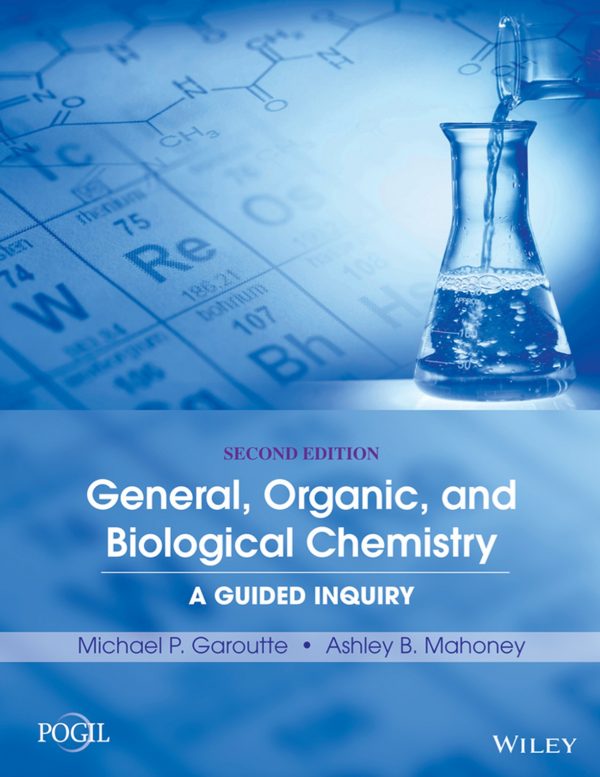
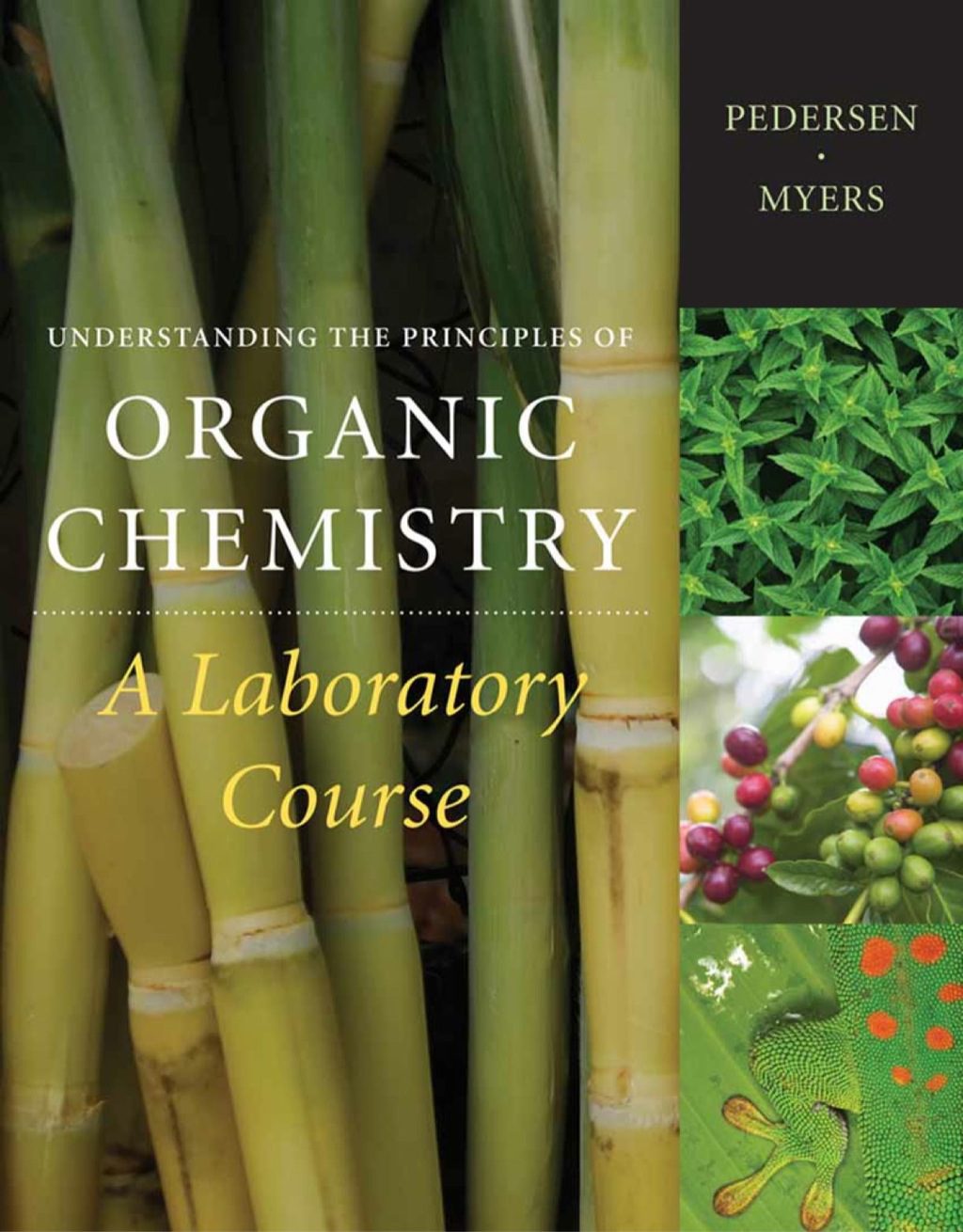
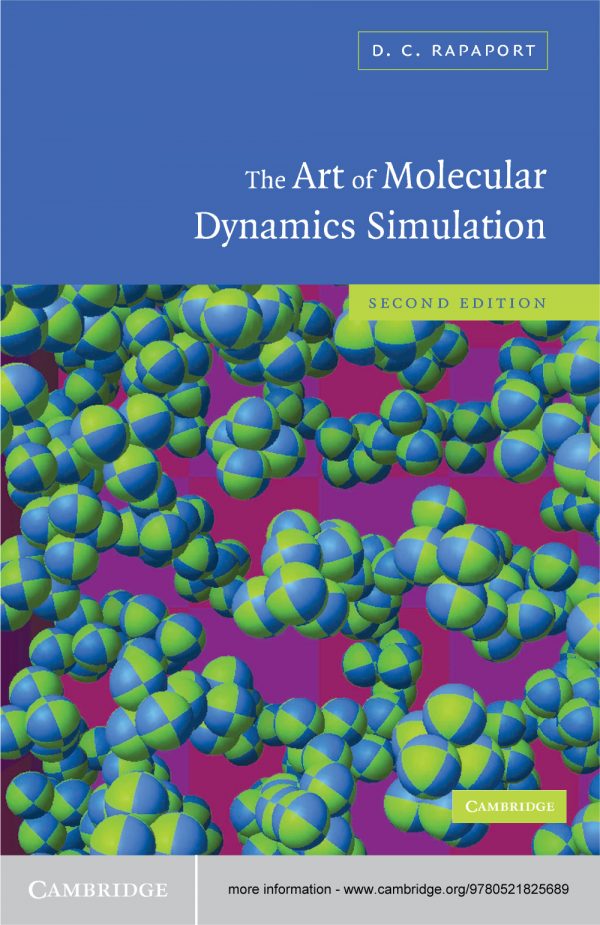

Reviews
There are no reviews yet.